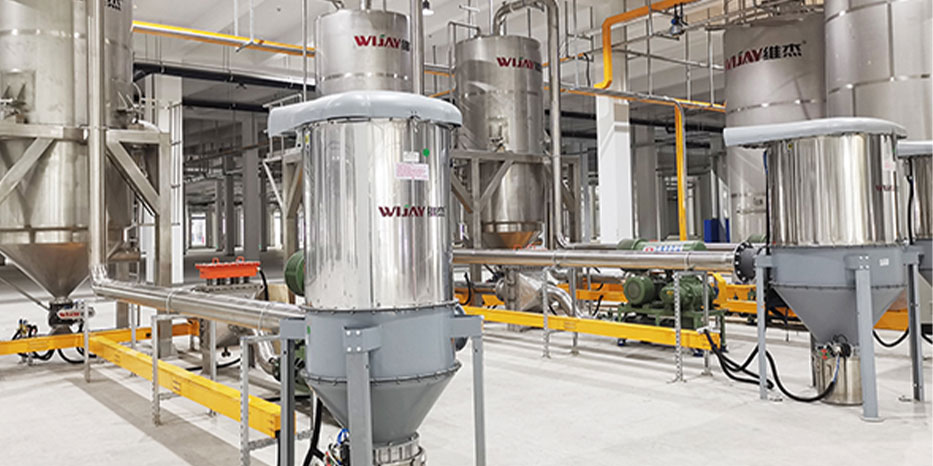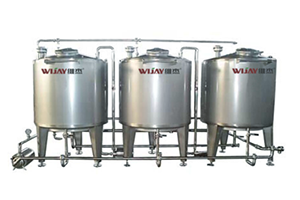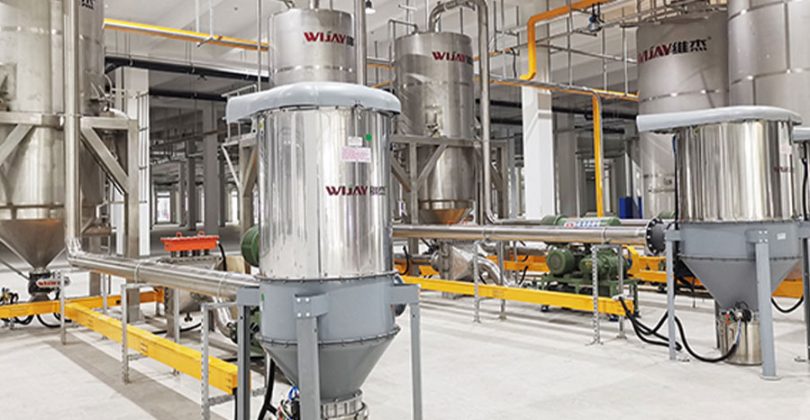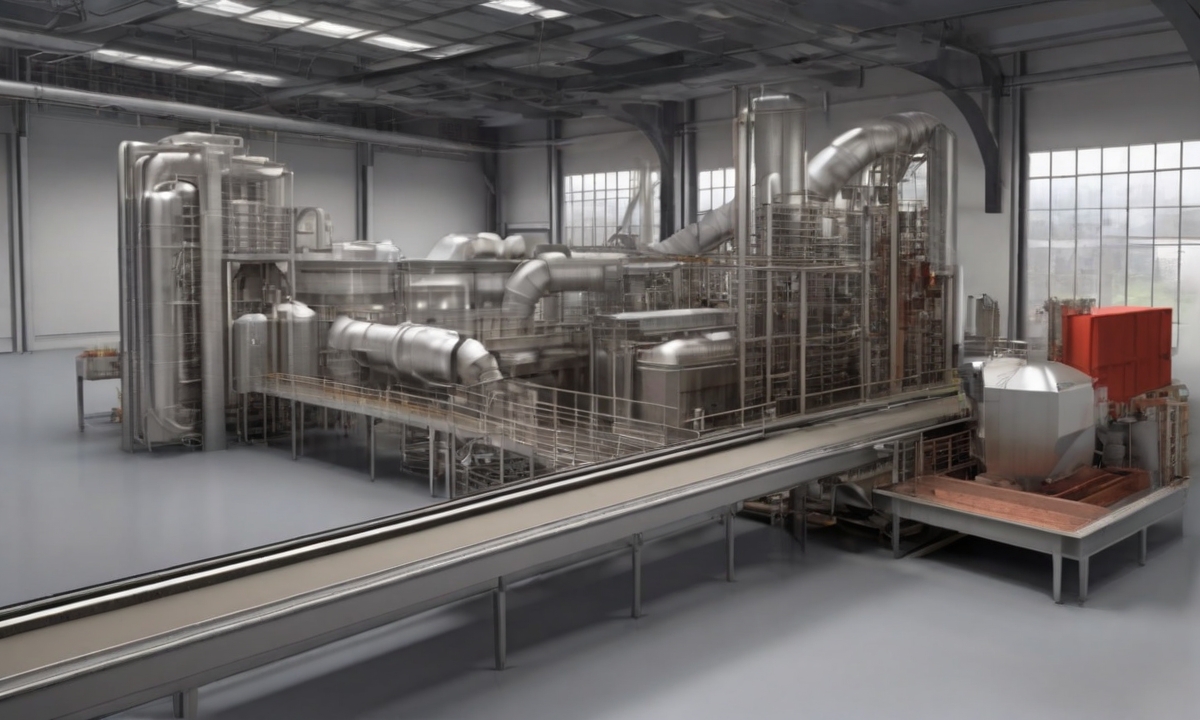In modern society, advanced science and technology and the extensive use of machinery and equipment have made our life or work more and more convenient. I still remember that workers have always been working in factories. I don’t know when it started. With the birth of high technology in the new era, machines gradually replaced manual work and centralized feeding systems. Workers only need to operate the central console to direct the work of various components. Let’s take Wijay’s centralized material feeding system as an example to see the functions of each component of the centralized feeding system!

1. Roots blower: Provides power for pneumatically transporting raw materials to the molding machine.
2. Quantitative feeding and loss-in-weight metering feeder: accurately quantitative feeding to the molding machine.
3. Vacuum feeder: automatically transports additives to the storage hopper above the weight loss metering feeder.
4. Rotary valve: Effectively realize the continuous and batch supply of raw materials to the pneumatic conveying system to ensure the normal operation of the system.
5. Centralized feeding cyclone separator: This device pneumatically transports raw materials to the hopper, crushes side materials, crushes dust and separates high-pressure airflow.
6. Dust collector: The high-pressure airflow separated by the cyclone separator also contains dust, which is removed through the dust collector.
7. Metal separator for centralized feeding: removes metal materials that may be contained in raw materials and flaky broken scraps, and enters the melting chamber to protect the screw from damage.
8. Loss-in-weight metering; main ingredient loss-in-weight metering feeder, recycled material loss-in-weight metering feeder, and additive loss-in-weight metering feeder.
9. Mixing hopper: Stir the raw materials, additives, and flaky broken edge materials evenly, and at the same time, centrally feed the materials to prevent the broken edge materials from bridging and the material feeding is not smooth.











